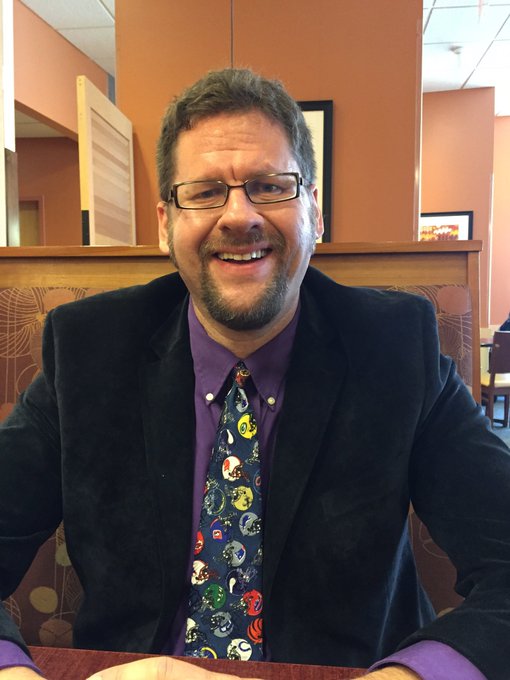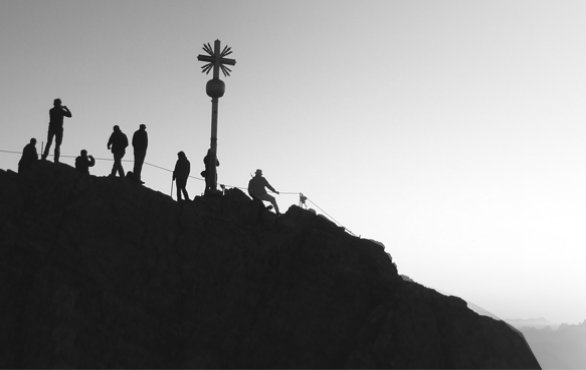Editor’s Note: This piece is part of a series exploring individuals’ political journeys. Views expressed are those of the author and do not necessarily represent those of Third Factor—though it’s safe to say we think they’re at least worth considering. You can read more about the goal of the series here.
I have always been on the Left. Throughout my life, I have believed liberals were on the right side of history, standing for progress, justice, science, and truth. I fully intend to vote for Joe Biden and would even if his opponent was a more conventional Republican like Mitt Romney or Marco Rubio.
During the Trump era, however, I’ve seen changes to progressive and liberal politics and ideology that give me pause, and recently, I’ve started to wonder whether it’s wise to adopt any political ideology at all.
Witnessing a Transformation
In January 2016, around the time it became clear Donald Trump could capture the Republican nomination, I saw a series of strange and concerning Facebook posts from a former student. He was a smart, thoughtful, and deeply religious young African-American man who had grown up in public housing and won a scholarship to an elite private high school. I had tutored him from eighth grade to twelfth grade, and during that time we had become close. Although he had struggled academically and socially at times, he eventually found his place, I cried when they called his name at his graduation, proud of the young man he’d become and proud of my place in his story.
We kept in touch when he went off to a selective liberal arts college, mostly through Facebook. At that point, he was a moderate Democrat and a big fan of Barack Obama. So I was shocked when, in his senior year of college, he posted a screed railing at SJWs (“social justice warriors”) at his school, shared content from alt-right provocateur Milo Yiannopoulos, and came out strongly in favor of Donald Trump.
His posts were my entry into a completely new world. I had never heard of Milo and had to look up what an SJW was. I didn’t understand how anyone could be so angry about social justice—so I reached out to him. He told me he felt judged for his religious beliefs and was shouted down in his classes. He didn’t feel he could be himself at college. By his senior year, he mostly avoided people, playing video games when he wasn’t studying. He liked Milo because Milo was able to rile up the bullies and expose their hypocrisy. Milo said the things he wanted to say but couldn’t.
His anger and frustration were palpable, and although I didn’t understand his new political stance, I felt a deep sympathy for him. The college experience he described—one constantly punctuated by feelings of fear and anxiety—seemed quite different from my own college experience in the late 1980s and early 1990s.
How We Failed Ourselves
I cried the night Donald Trump was elected. I had known his election was possible mathematically, but I’d never allowed myself to believe he might actually get elected. All my assumptions about our political world were shattered that night. I was angry at our country for electing a man whose casual cruelty and personal deficiencies were plainly obvious to anyone who looked. Prior to Trump’s election, this century’s American story was one of institutional failure: unnecessary wars and unchecked and unregulated capitalism. But Trump’s election was not an example of institutions failing the people; it was an example of the people failing ourselves.
All my assumptions about our political world were shattered the night Trump was elected. After my initial anger faded, I tried to understand why.
After my initial anger faded, I tried to understand why. I read conservative media and talked to my conservative friends and family to understand what Trump’s appeal was. I heard the same story again and again: Trump voters hated political correctness and felt despised by liberal elites, and Trump made them feel like they were okay. At the time, I heard that Trump gave them cover for their latent racism, sexism, and homophobia. I believed Trump’s election lifted the veneer of their respectable opinions, and underneath was uglier than I had imagined.
But I also heard the same feelings of marginalization that my young friend, the Milo fan, had told me about.
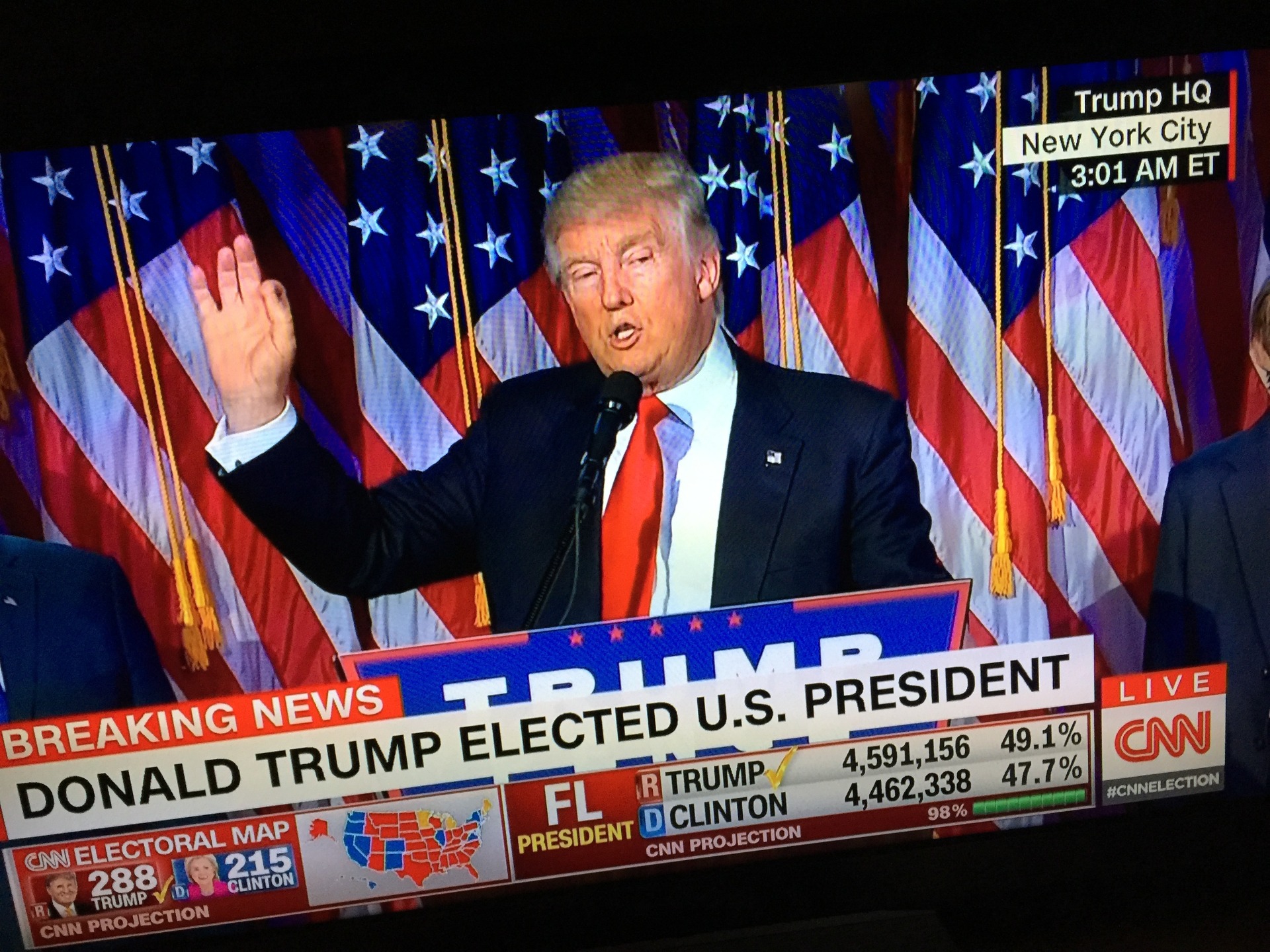
Charlottesville
Like everyone I knew, I was horrified by the Charlottesville march in the summer of 2017. White supremacists marched menacingly through the streets with tiki torches; one of them ran over and killed a young activist with his car. The march was a frightening reminder of how ugly America could still be, and made even worse by a president who refused to outright condemn the marchers.
But I noticed something odd from my friend group on Facebook. People were acting as if this angry mob represented the locus of American power, and that the march was a muscular assertion of their dominance. I saw something quite different. In my understanding, white supremacists were a despised and marginalized group in society, and while the march was indeed frightening, it seemed less of an exertion of raw power and more an example of rage against a world that had left them behind: still quite frightening and dangerous, but not exactly powerful. I felt this even after Trump gave his infamous “both sides” comment, which did give the marches a degree of institutional support.
My feelings were confirmed over the next few days, when news trickled in that various marchers were fired from their jobs, which were inevitably low skilled and low wage. I didn’t understand why my Facebook friends were acting as though the marchers had any real power.
I had that same feeling the next month, when a small and politically inexperienced libertarian group named the Boston Free Speech Coalition held what they called a “free speech rally” in Boston. The rally invited all manner of speakers from all over the political spectrum, but some of the speakers were white supremacists and far-right activists, including Gavin McInnes, founder of the Proud Boys. The free speech rally was small and haphazardly put together: it only had about fifty attendees. Several liberal groups quickly put together a counterprotest to the free speech rally. I live in Providence, Rhode Island, about forty miles south of Boston, and many of my friends went to the counterprotest, which had over 30,000 attendees.
I thought the counterprotest was an overreaction. First of all, it gave undue attention to the free speech rally. I didn’t understand why people would spend so much energy counter protesting a few random extremists shouting into the wind. Moreover, I was also uncomfortable with a protest specifically against free speech. I am a longtime member of the American Civil Liberties Union (ACLU) and value free speech as foundational to the smooth functioning of our democracy. This was one of the first times I’d heard the term “free speech” used disparagingly on the Left, presented as a cover for hate speech. That a large group of liberals and progressives would protest free speech concerned and saddened me.
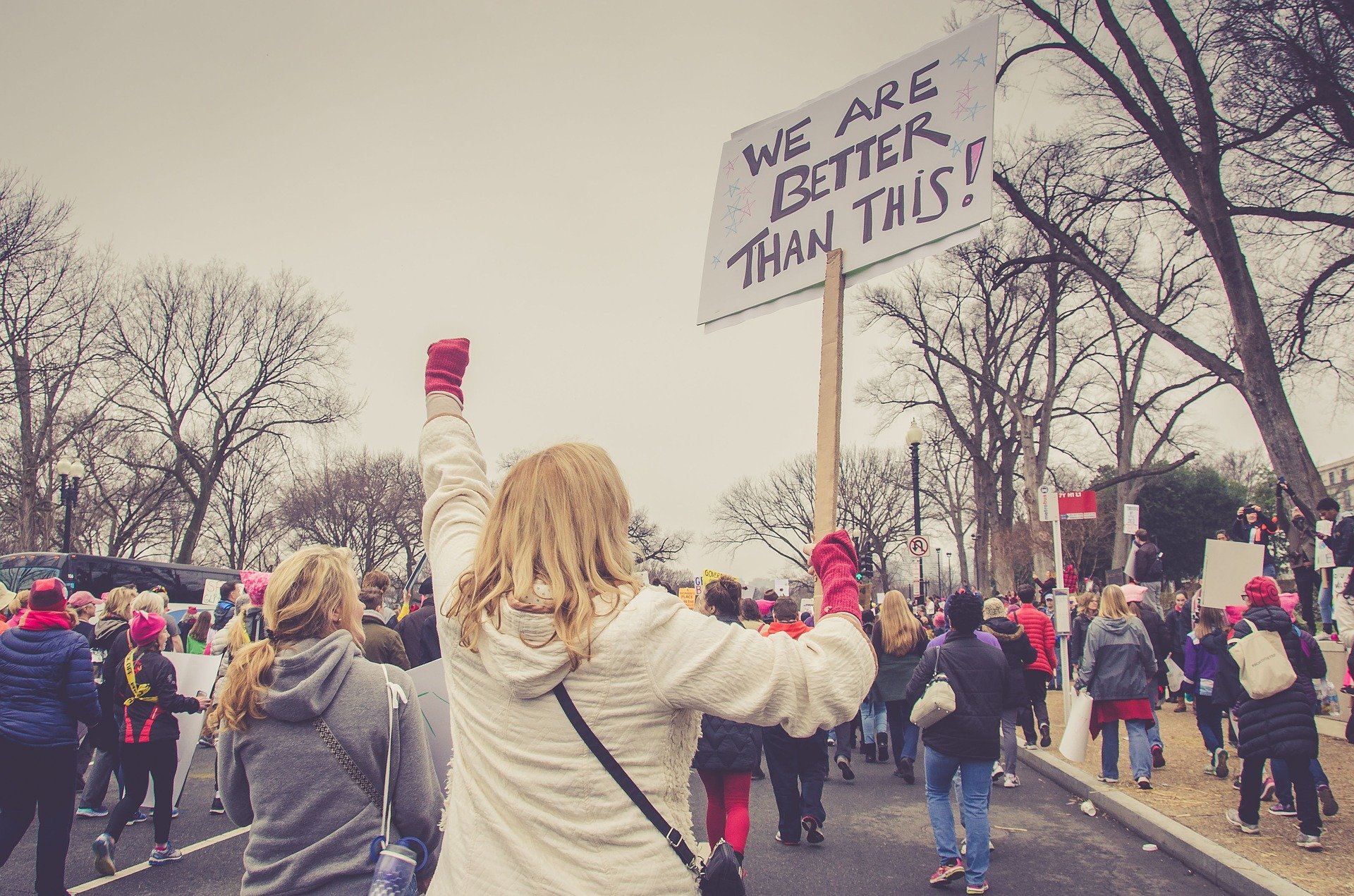
Later that year, I had a heated argument on a Facebook progressive forum about the upcoming 2018 Women’s Rally over whether women should wear “pink pussy hats.” Some people condemned the hats because the hats were offensive to women of color, which I found confusing. After all, the first Women’s March was marked by the iconic image of a woman in an American flag hijab, which no one (rightly) saw as excluding non-Muslims. In that conversation, I was called a racist for the first time in my life. I was also taken aback by how angry many of the participants were and how assured they were in the correctness of their opinions. They seemed more interested in shouting at people who disagreed with them than in having an earnest conversation about the hats.
I was taken aback by how angry many of the participants were and how assured they were in the correctness of their opinions. They seemed more interested in shouting at people who disagreed with them than in having an earnest conversation.
The Changing Dynamics of Political Discussion
I left the Facebook group the next day. It was the beginning of my sense of alienation from much of the Left. I noticed the same dynamics there that I had always noticed from the Right: ad hominem attacks, straw manning, and slippery slope arguments. I became almost as irritated by left-wing posts from my friends and family as I was by those from the right wing. Many of them were based on logical fallacies and raw emotional appeals. I generally ignored them, but on occasion, I would push back against particularly egregious cases. One Facebook friend posted an article stating that women faced severe educational discrimination. When I pointed out that women out-achieve men at every level of academic achievement, often by very wide margins, I was piled on and called sexist.
Many friends and liberal writers began to adopt rhetoric and views that seemed likely to make the problems of racism worse, not better. Seemingly overnight, these friends began to use the terms “white supremacy” and “racism” not to connote hate but merely to connote inequity. At the same time, they shared articles that read like they could have been written by Richard Spencer in their espousal of racially essentialist views. One Facebook friend even suggested that white people might be inherently evil because of their genetic inheritance from slave owners. I worried that the adoption of this new linguistic paradigm would not only simplify complex phenomena, but also further radicalize Trump supporters like my former student.
Finding a New, Diverse Crowd
I eventually turned to Twitter to see if anyone else noted these same trends in progressive communities. I slowly found a diverse and international group of people, mostly from the Left, but also many centrists, libertarians, and even some conservatives who also despised Trump but shared my growing unease with increasingly illiberal elements on the Left.
It was on Twitter’s largely anonymous landscape that I started to develop a different voice—a voice rooted less in progressive politics than in heterodoxy. I read Jonathan Haidt’s The Righteous Mind, in which he described his own journey from political liberalism to heterodoxy. His journey resonated with me. On Twitter, I had skirmishes with people of both the Left and the Right, and to my surprise, found that conservatives were generally more open to civil discussion and more open to opposing views.
Throughout this time, I read an eclectic mix of liberal, conservative, and libertarian media. I found that many conservative and libertarian arguments were more nuanced than I had previously believed. On a host of issues from racism to climate change to healthcare, I found that conservatives’ beliefs were often quite different than how they were presented in liberal media. For example, there are many conservatives who believe in man-made climate change, but are skeptical of the catastrophic predictions of climate change activists; these people are presented as climate change deniers in liberal media. Although I often disagreed with conservative viewpoints, I found many of their arguments challenging, and some of them compelling.
I found that conservatives’ beliefs were often quite different than how they were presented in liberal media. Although I often disagreed with them, I found many of their arguments challenging, and some of them compelling.
The View of the World through a Partisan Lens
I began to frequently break with liberal consensus. In January 2019, several days of news coverage were devoted to a picture of a standoff in the National Mall between Nick Sandmann, a Covington High School student in a MAGA hat who attended a pro-life rally, and Nathan Phillips, an Omaha Native American political activist. In the picture, Sandmann appeared to smirk at Phillips. To much of liberal media, Sandmann was the personification of oppression, white supremacy, and toxic masculinity. Several liberal commentators and several of my friends—some of whom were teachers—commented that they wanted to “smack [Sandmann] in the face.”
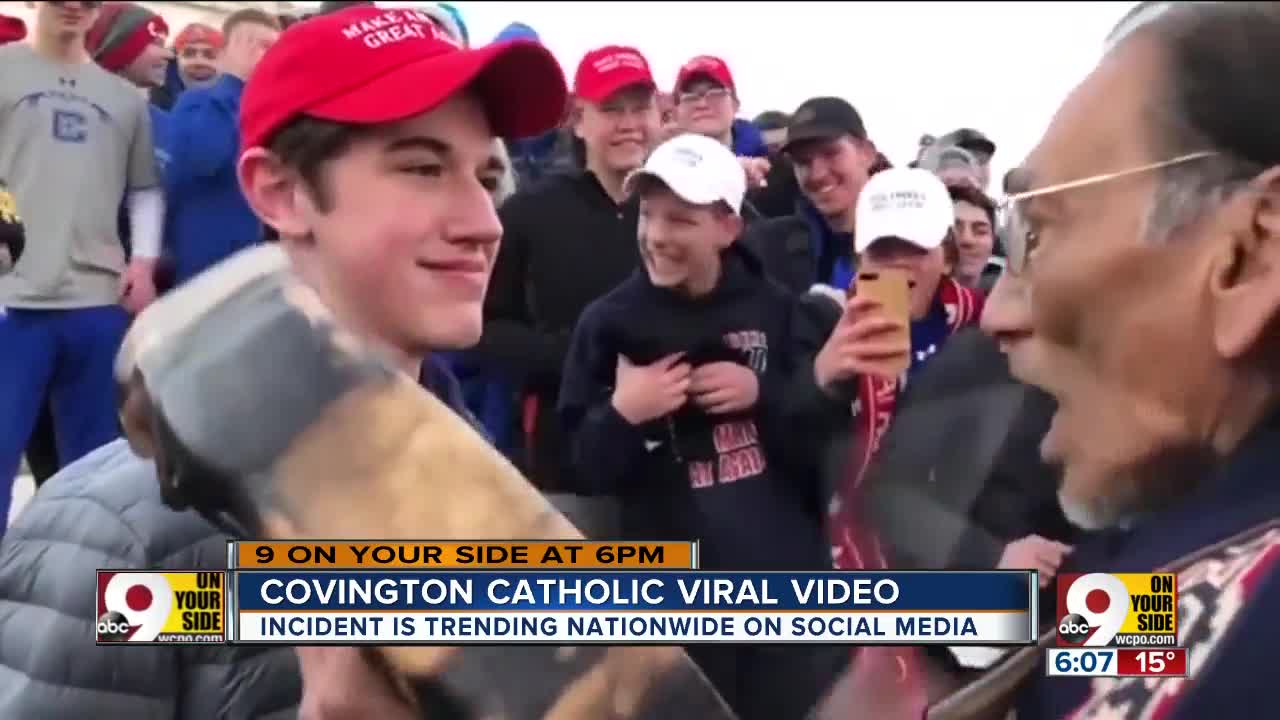
I was horrified, disappointed, and embarrassed. Sandmann, who did not seek the media spotlight, was subjected to a barrage of vitriol and hate for the high crime of maybe “smirking” at someone. Moreover, as is often the case with stories designed to provoke maximal outrage, I later learned that further video evidence showed a more complicated picture—one that did not support the official narrative. More and more, I saw progressives and liberals adopt the same kind of fact-free grievance politics that have dominated conservatism for the past twenty-five years.
Many organizations that I’ve supported, including the ACLU, Southern Poverty Law Center, and Amnesty International, began to make overtly political statements that deviated from their stated values and undermined their credibility. Mainstream media outlets (including the New York Times, the Washington Post, and CNN) described a political landscape that often failed to describe the reality on the ground. The excellent 2018 Hidden Tribes report demonstrated a more ideologically diverse and complex electorate—especially among people of color—than mainstream media outlets would have us believe.
Increasingly, much like watching Fox News, watching CNN or reading the New York Times is more likely to distort the world than illuminate it. To take a recent example, according to a June 2020 YouGov poll, “All Lives Matter” had a 48% positive association and 27% negative association among black Americans, and overall, “All Lives Matter” was viewed more favorably than “Black Lives Matter,” 53% to 48%. Those numbers are likely shocking to anyone whose daily media diet is limited to the New York Times, CNN, or the Washington Post.
By changing my media diet to include a greater ideological diversity, I’ve significantly changed how I view my political identity. I no longer hold any viewpoint as axiomatically true. I still have core beliefs (universal health care, gun safety, criminal justice reform, etc.), but I no longer believe there is only one way to achieve these goals. I’ve also found anger and outrage don’t animate my beliefs the way they did four or five years ago.
I no longer hold any viewpoint as axiomatically true. I still have core beliefs, but I no longer believe there is only one way to achieve these goals. I’ve also found anger and outrage don’t animate my beliefs the way they did four or five years ago.
Some Other Concerning Trends on the Left
There are also several ideas in circulation on the Left that give me pause and concern. I consider the embrace of “identitarianism” by much of the Left counterproductive.
To be sure, the Left has always made gains through a form of identity politics. From the workers who agitated for humane working conditions and shorter work weeks to the civil rights movement of the 60s and LGBT activism of the last 30 years, people of common identity have banded together to meet common goals. But this new iteration of identity, “identitarianism” strikes me as different in kind, and more dangerous. Identitarains don’t view identity as just their most salient characteristic, but as their essentializing characteristic: identitarians center their group identities above their individual identities. We see this manifest in the ways people introduce their arguments: “as a woman of color,” or “as a queer woman.” Frequently, one’s identity doesn’t just provide context for one’s beliefs, it dictates what those beliefs are supposed to be. Such a view makes finding common ground, which is difficult in the best of circumstances, nearly impossible.
Another concerning feature of today’s Left is “safetyism,” the belief that certain ideas are harmful. Many progressive students and young professionals argue that the airing of certain viewpoints causes great harm and trauma, including some viewpoints that are shared by a majority of Americans. It’s hard for me to believe we can move forward as a society when many elites are so sheltered from the beliefs of most people. I’ve also noticed that many progressives are unable to effectively defend their viewpoints because they view their beliefs—even beliefs shared by a tiny slice of the electorate—as axiomatically true.
Neither Left nor Right
Of course, many of the phenomena that concern me on the Left are also present on the Right, and often in more robust form. My turn away from the Left has not turned me toward the Right—and certainly not toward Trump or Trumpism—but I’ve become deeply skeptical of any ideology during the past few years.
To combat the media distortions of our age, I try to follow smart and honest brokers from across the political spectrum. If I find myself agreeing or disagreeing with someone too much, I try to step back, listen, and spot my own biases at work. I now consider myself a systemist: I want our progressives, liberals, and conservatives to be smart and effective, and our political system to be characterized by balance. Instead of trying to orient myself to an ideological package of beliefs, I’ve become more deeply committed to (small-l) liberalism, the belief that our society can only succeed with a plurality of voices that, though often in conflict, are always in the same room.
Instead of trying to orient myself to an ideological package of beliefs, I’ve become more deeply committed to (small-l) liberalism, the belief that our society can only succeed with a plurality of voices that, though often in conflict, are always in the same room.
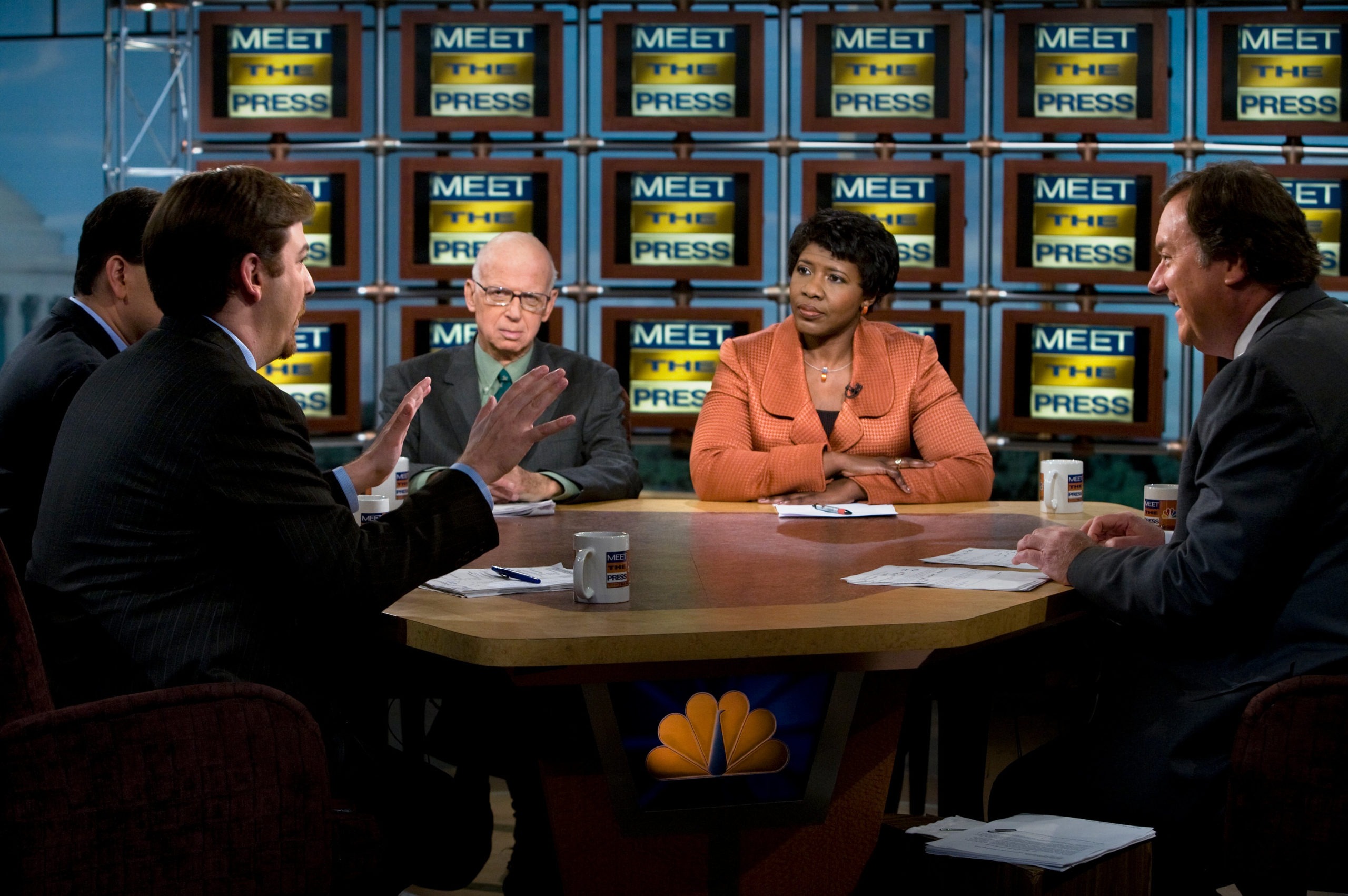
In keeping with my liberal values, I have to allow for the possibility that I am wrong. It’s entirely possible, if not probable, that I am yet another cog in that centuries’ old story: that the kids really are “all right” and will leave the world a better place by the time that their beliefs are challenged by the next generation. It might also be true that in our fun house mirror media environment, I see the world not as it is, but as I’ve distorted it to be, and beyond the opacity of my vision, lies a reality far more amenable to the liberal values I hold dear.
Finally, I know that I must tread carefully. I’ve watched as some of the people I’ve discovered who share my concerns about the recent radicalization on the Left have themselves become radicalized in opposition. Some have even announced their intention to vote for Trump. I believe this is a grave error. The way to combat radicalization on either the Left or the Right is not to radicalize in opposition, but to more firmly entrench in the liberal values that resist radicalization: free speech, rule of law, international cooperation, etc. That’s why I’m enthusiastically supporting Joe Biden for president. I see in him a man committed both to upholding these liberal values and to healing the wounds of the Trump era, leading us into a saner, less fractured era.


